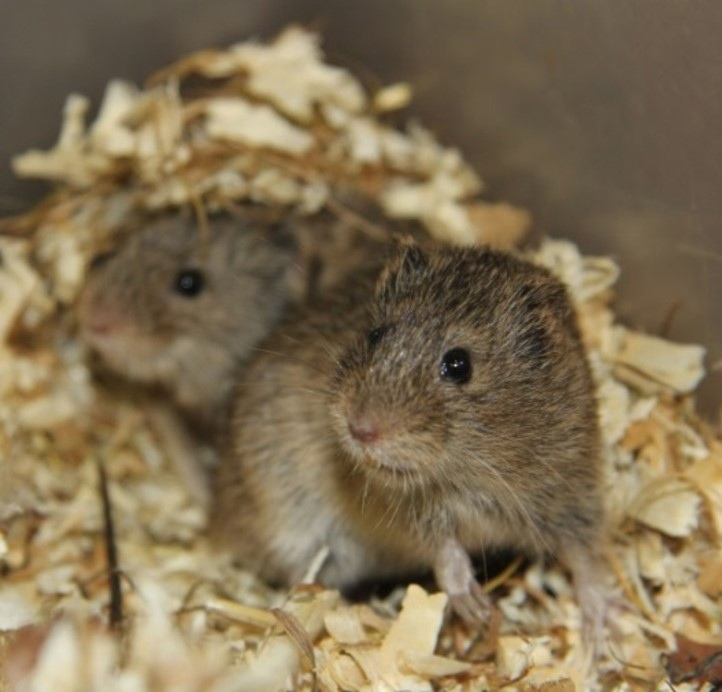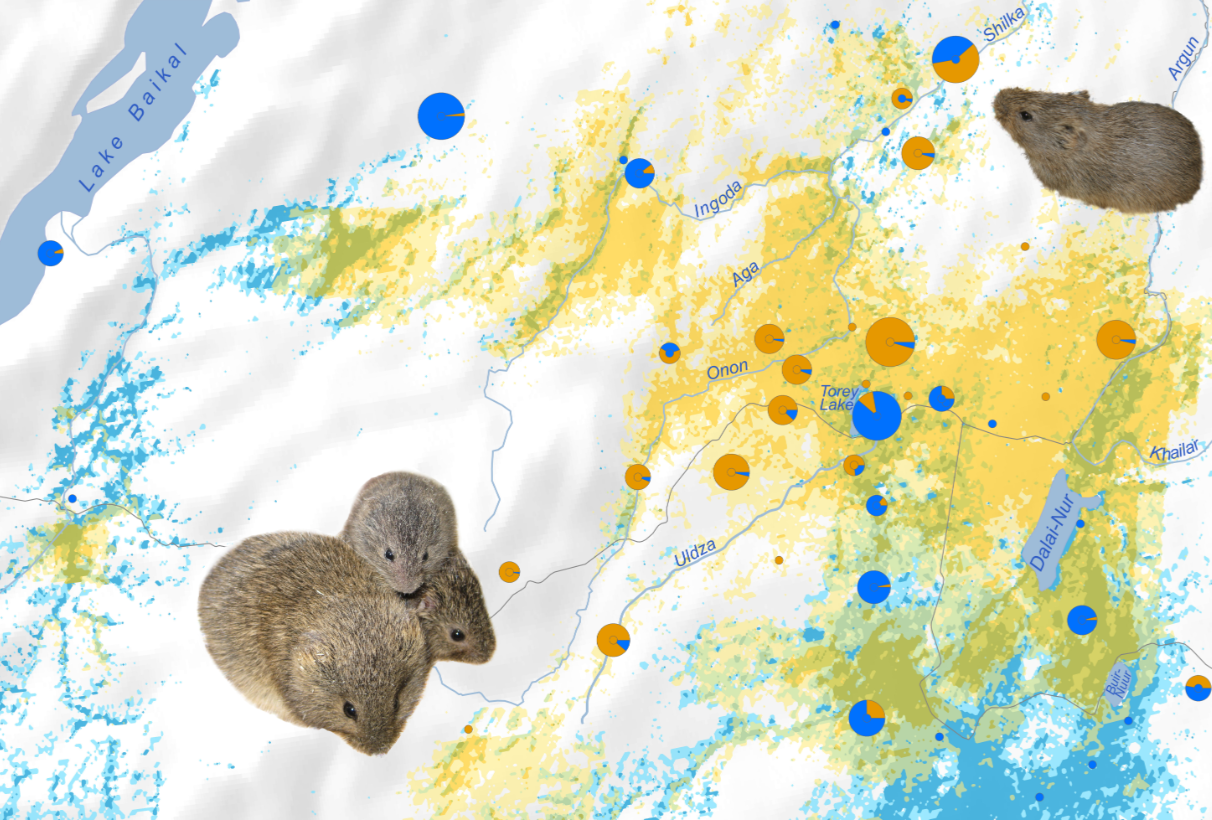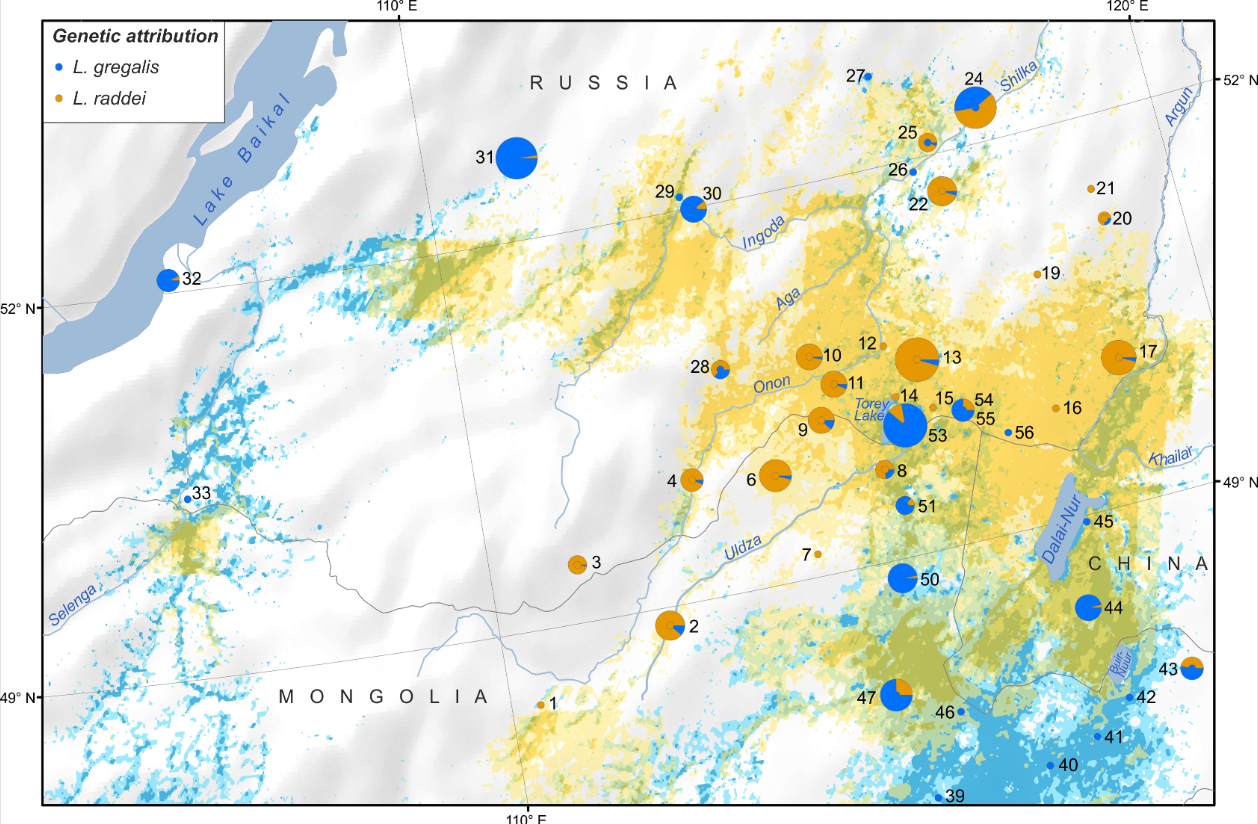
Narrow-skulled voles now inhabit the arid steppes and tundras of northern Eurasia. Recently, they settled in periglacial zones, expanding their range from the European tundra to northern China. Most of this vast region is inhabited by a single genetic form, while in the southern mountain steppes the genetic diversity is much higher. To date, four genetic forms are known, distributed from Altai to Transbaikal.
The first to separate from the other narrow-skulled voles was the so-called Radde's vole, although this happened only in the Middle Pleistocene. Now this vole has a tiny range in eastern Transbaikal and eastern Mongolia. Its habitat is surrounded on all sides by narrow-skulled voles of another genetic group. The question arises: what prevents these voles from interbreeding and how was it possible to maintain such a small range in the unstable conditions of the Palaearctic?

A new study published in the journal Diversity examines hybridization between Radde's voles and narrow-skulled voles, and examines the differences in the ecological niches of these forms. The study was carried out by a team of Russian authors, including A.A. Lisovsky, senior scientist at the laboratory of microevolution of mammals. The study of microsatellite loci revealed weak gene flow in populations of both species living along the interspecies “border.” However, it was not possible to detect a single case of foreign mitochondrial DNA. No mixed populations were found: only one species lived in all studied locations.
A study of ecological niches using modeling (SDM) showed that the same environmental factors (snow depth, humidity) are important for both forms, but there is a significant difference in the preferred values of these factors. Thus, the preferred areas for these species of vole do not intersect.

Although ecological differences have been discovered between species, they cannot in any way explain the presence of a pronounced boundary between them, because all climatic factors are distributed continuously, without sharp changes in values. Perhaps the decisive role in the absence of mixed populations is played by the interspecific behavior of voles. This will have to be clarified in future experiments.
"The work was carried out with financial support from the Russian Science Foundation (grant No. 22-24-00513, https://rscf.ru/project/22-24-00513).
Petrova T.V., Dvoyashov I.A., Bazhenov Y.A., Obolenskaya E.V. & Lissovsky A.A. 2023. An Invisible Boundary between Geographic Ranges of Cryptic Species of Narrow-Headed Voles (Stenocranius, Lasiopodomys, Cricetidae) in Transbaikalia // Diversity. Vol.15. No.3. P.439. https://www.mdpi.com/1424-2818/15/3/439.
